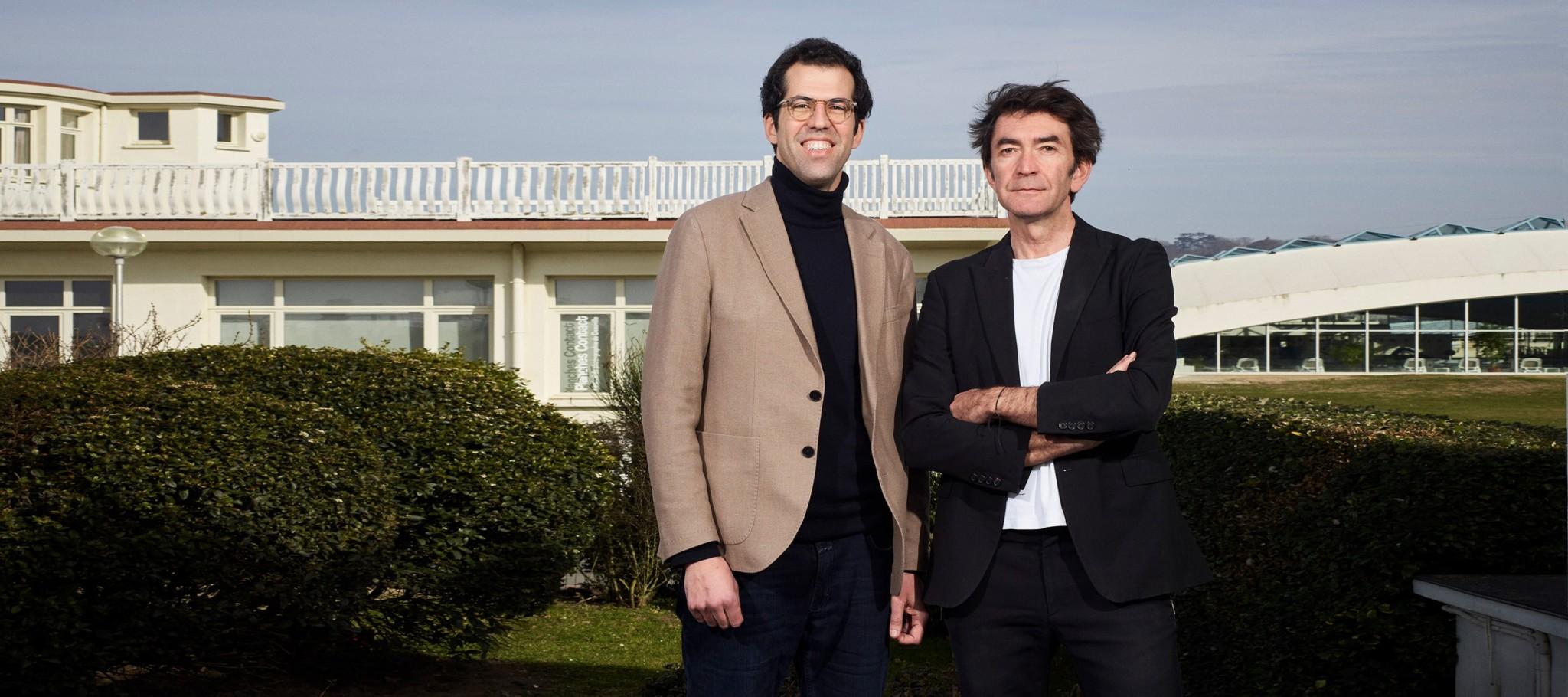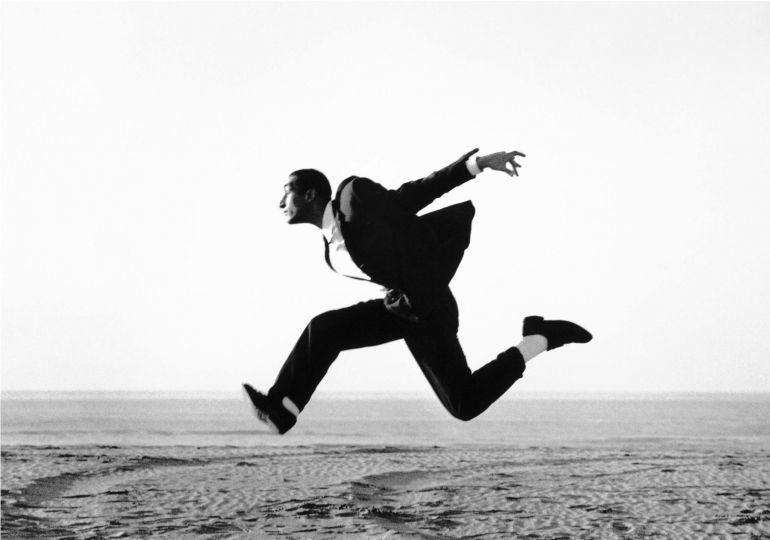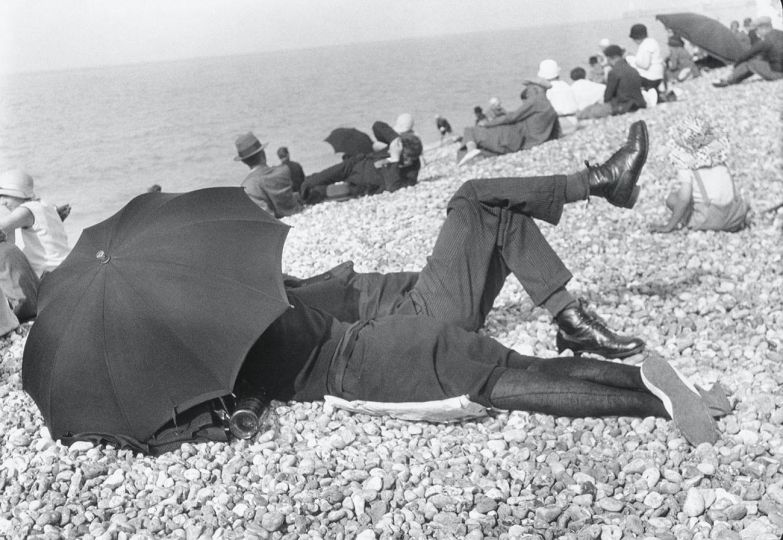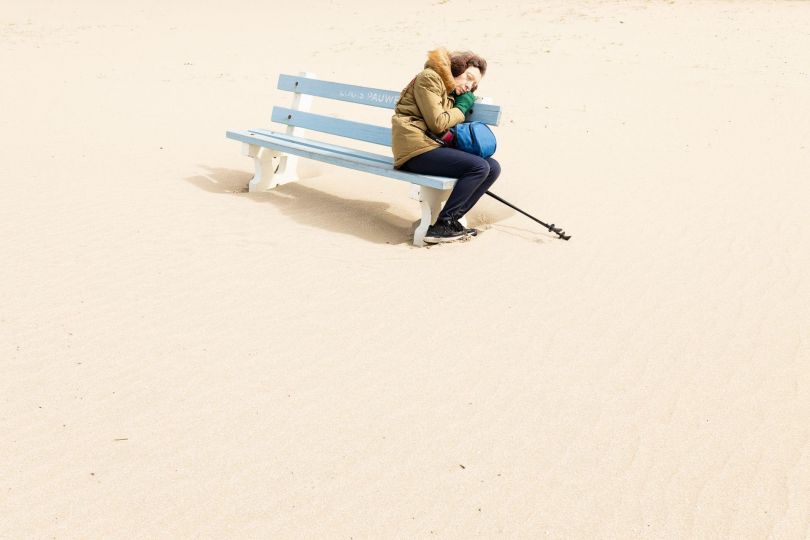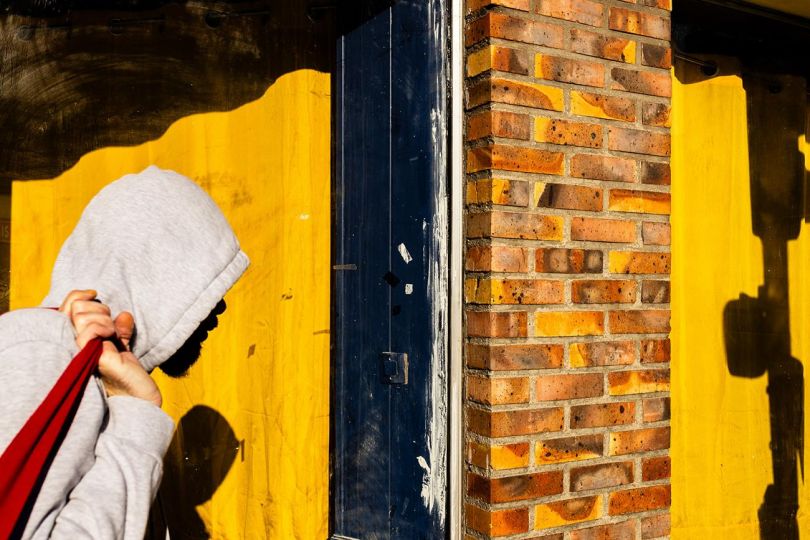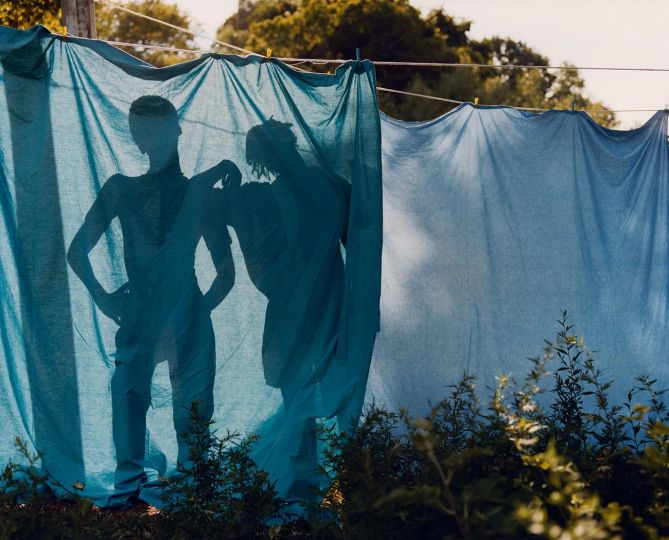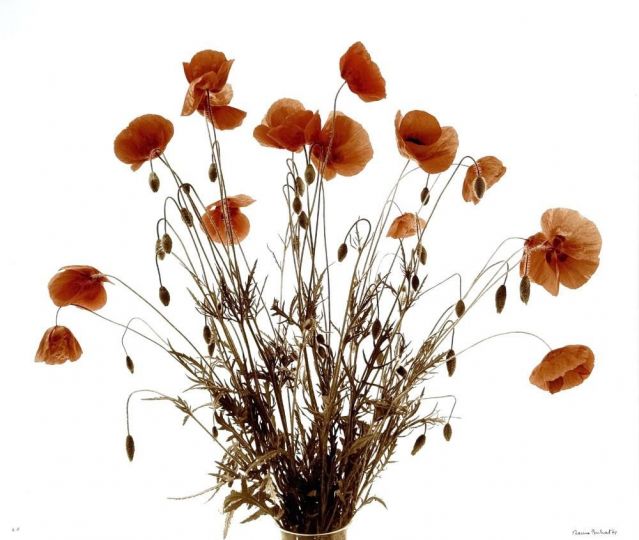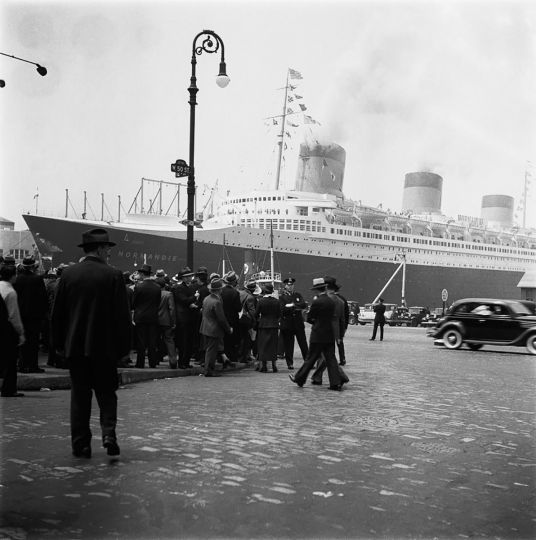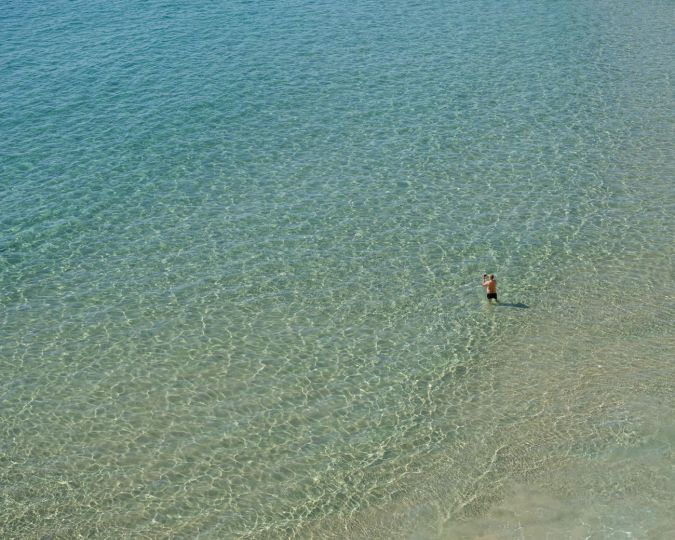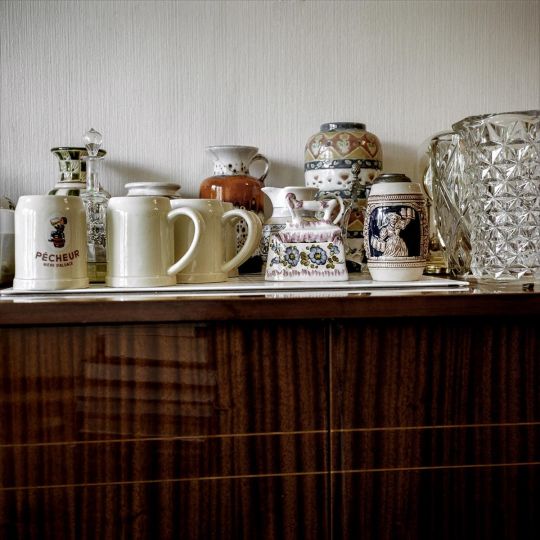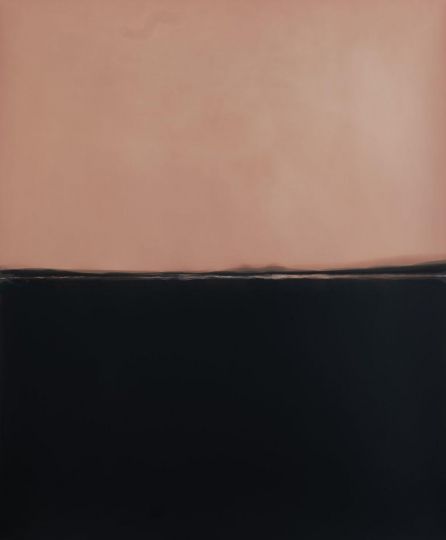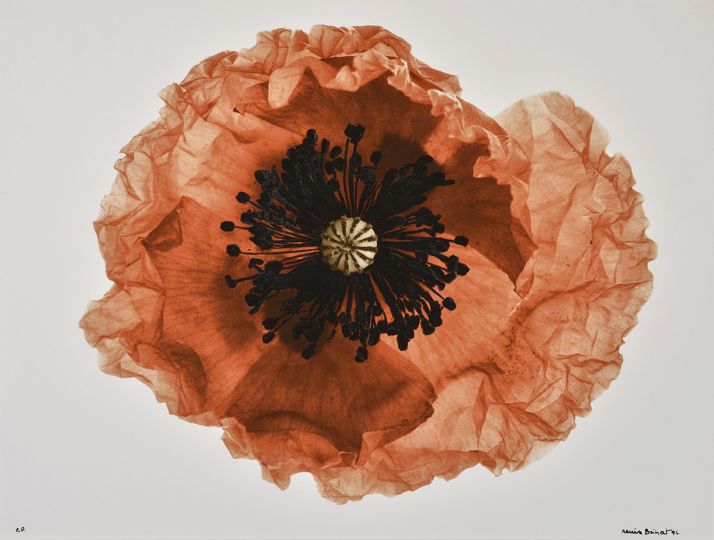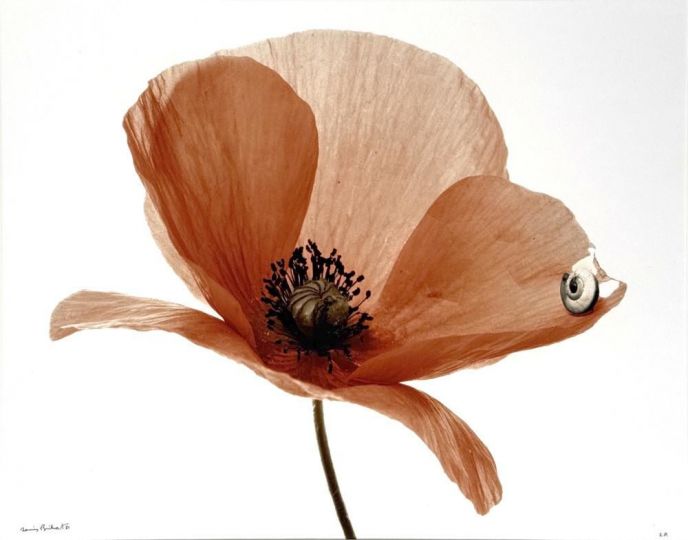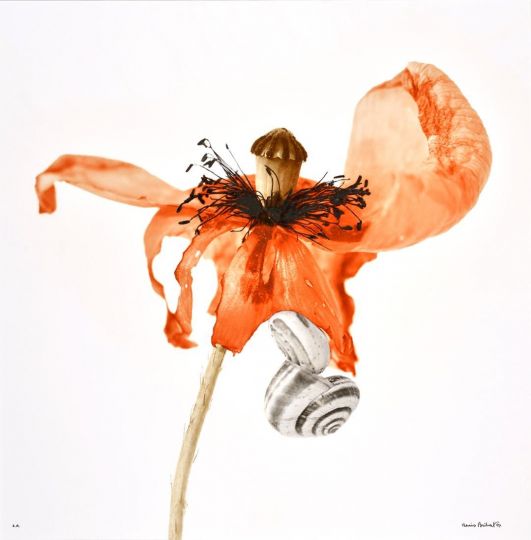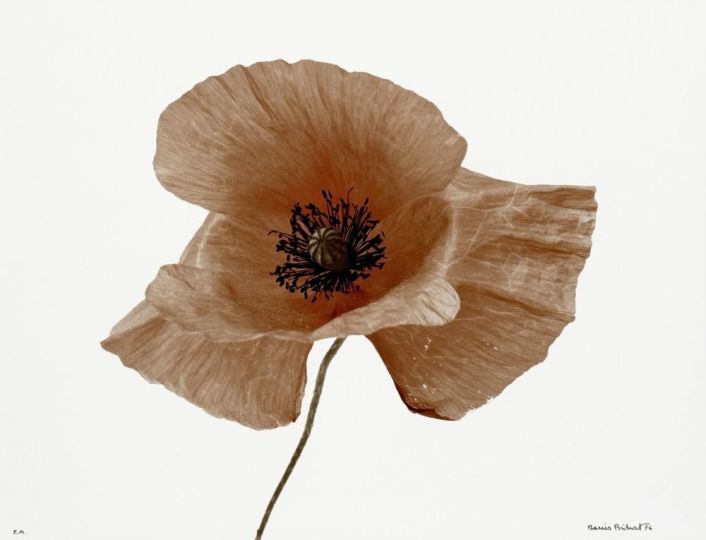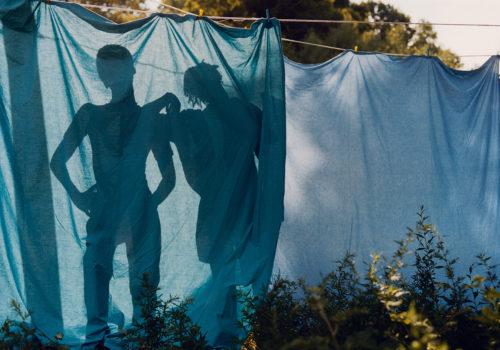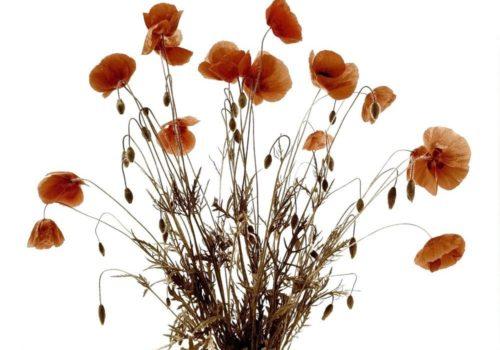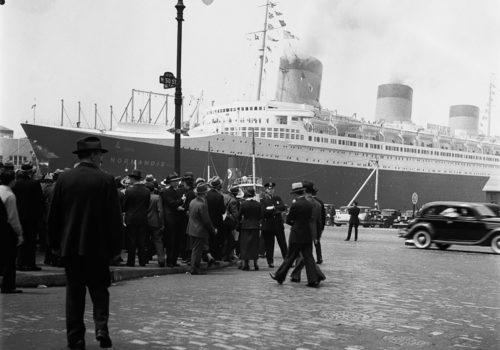Jonas Tebib and Lionel Charrier are the new directors of the Planches Contact festival. A new chapter in the history of the Deauville festival. Interview.
Jonas Tebib and Lionel Charrier, you are both the new artistic directors of the Planches Contact festival. Why a dual leadership?
Jonas Tebib: First and foremost, it’s the meeting of two photographic networks, two complementary knowledge of photography, the confrontation of two perspectives. I come from the photography market, while Lionel, the editor-in-chief of Libération, is more familiar with the festival, its staff, and its history.
Lionel Charrier: It’s true that we complement each other. I come from documentary and press photography. Additionally, I have been a member of the Tremplin Jeunes Talents jury since 2019, when its former artistic director, Laura Serani, arrived. This festival has a particular uniqueness for me: its exhibitions are almost exclusively the result of artist residencies. And this distinctiveness needs to be supported. Of course, there are other festivals with residencies, but for Planches Contact, it’s part of its DNA. The idea is to continue what Laura Serani started. She brought a new dimension to the festival, brought in prestigious partners like the Photo4Food Foundation, professionalized the event, and each year – which I saw as a jury member – it has progressed. Moreover, the opening of the Franciscaines in 2020 gave the festival an additional boost. Suddenly, there was an extraordinary venue with museum-quality standards to host large exhibitions. A place that is both a museum and a media library, yet young, having opened only four years ago, and which will grow with its future programming.
Jonas Tebib: The festival has existed since 2010 and has hosted major photographers such as Lise Sarfati, Massimo Vitali, Charles Fréger, Paolo Roversi…. The beautiful Franciscaines venue, a former cloister majestically rehabilitated into a multicultural space, allows for the display of photographic prints in museum conditions. The Franciscaines also give us the opportunity to present rare photographic objects from private collections. The festival continues its commitment to exhibit in the town and on the beach.
Lionel Charrier: One of the challenges of our next edition is to further emphasize that we are a festival based on photographic residencies. Our role is also to support photographers, both renowned and emerging. These residencies are structured around four periods. Photographers are accompanied by a team that helps them, guides them, takes them to various places around Deauville, and opens up contacts for them. There is a real festival logistics to assist photographers in their production.
Jonas Tebib: Undoubtedly, Planches Contact has a strong characteristic: its relationship to the territory. Many festivals are simply built around a program, a selection of names without any real connection to their territory. This is the complete opposite with Planches Contact, which can proudly say it has deep roots in the territory, a public that has embraced it over the years. Last year, there were no fewer than 400 applications for residencies, and for those selected, the projects always explored the Normandy region – allowing locals to discover it from a new perspective. This is one of the goals of the Deauville City Hall: to create a memory of the territory, not a scientific one, but a photographic or sensitive one.
How do you plan to enhance the visibility of the residencies in the coming years?
Jonas Tebib: We need to bridge certain networks, certain artists, and galleries who were not familiar with the festival or knew it only marginally. We want to open the festival to new ways of presenting photography, as young galleries like Thierry Bigaignon, Clémentine de la Ferronnière, and Jean Kenta Gauthier are doing. We must make artists, as well as those around them, interested in the festival and encourage them to step into the Franciscaines. The festival will also change its communication. The Tremplin Jeunes Talents Award will become the Young Photographic Creation Award, which will make it easier to identify.
Lionel Charrier: The festival’s residencies are partly embodied by Villa Namouna, which hosts almost all the photographers. It’s a place that needs to become more central to the festival. A unique place, a collective house with ten rooms full of incredible creativity. The heart of the festival is there! I remember Françoise Huguier being very happy to help younger photographers, giving them advice on editing. While Nikos Aliagas came as a simple photographer, just happy to be there. We need to make this place visible, host events there, and feel that spirit.
You highlight an important challenge, which is transforming Deauville, primarily a holiday town, into a photographic destination – a work in continuity with the direction of Laura Serani.
Jonas Tebib: For several years, the town has developed a very bold cultural policy, and we are part of that vision. By structuring future editions of the festival around a theme, we hope to create a clearer guiding line for visitors.
Lionel Charrier: Arles remains a good example of places being transformed, which has opened the festival to new horizons. Deauville may be more built, less raw, but there are still places with a true architectural signature. Beyond the venues and exhibitions, there is also work to be done on the exhibition scenographies and, more broadly, on the lines and lighting of the territory. Artists see this immediately when they arrive! As for the festival’s public, it is mostly divided into two groups: a local audience and a secondary residence audience, mostly from Paris. For the second group, Deauville remains a stopover, but for everyone, the festival represents a place of open-mindedness, of wandering.
Can Planches Contact expand into the Normandy region, with Deauville as its focal point?
Jonas Tebib: A festival exists through its collaborations. There are many players in Normandy with whom we need to connect, think about working on funds and collections, and accompany artists – whether in Caen, Rouen, Le Havre, or Giverny.
Lionel Charrier: Laura Serani had proposed in 2019 to Paolo Woods to confront the archetypes of Trouville and Deauville, and “crossing the bridge” was already an incredible concept. Libération [where Lionel Charrier serves as Editor-in-Chief for photography] created a slideshow to support this opening policy. The festival is growing rapidly, and we want to continue this dynamic. With Jonas, we aim to both strengthen the territorial specificity of the exhibitions and also open up the possibility of residencies outside of the walls.
More information

